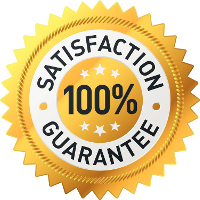1)Citation—Provide the citation for the document you’re reading in the citation format for your profession (e.g., APA, MLA, Chicago). If you’re unsure, look it up first in the textbook or online (being able to find answers to questions you have is an essential workplace skill), and then ask me if you still need help.
2)Thesis—Write a one- to two-sentence summary of the reading. What is the main idea or point of the reading?
3)Notes—Use this section to jot down things you want to remember about the reading or things you think are important (e.g., key terms and points). 4)Quotes—Pick out specific quotes that demonstrate the main ideas or clarify particular points; be sure to include the page number.
5)Questions—Write down questions you have during or after reading. Leaving this section blank or saying that you don’t have questions demonstrates inadequate engagement with the text; active engagement with the reading should leave you with plenty of questions. The most obvious ones are about points you don’t understand, but you might also question a claim the author makes or how to apply a point to a particular situation.
6)Connections—Connect this reading to other things that you know, have read, or have experienced. Making connections helps us to better learn, remember, and apply our knowledge. Be creative here. Again, active engagement with the text should allow you to draw plenty of connections with your current knowledge and experiences.
Here is the name of my textbook: Technical Communication in the Twenty-First Century, by Dobrin, Sidney, Christopher Keller and Christian Weisser. I will attach the chapter and a reading notes template which help you to get the idea
Use the order calculator below and get started! Contact our live support team for any assistance or inquiry.
[order_calculator]